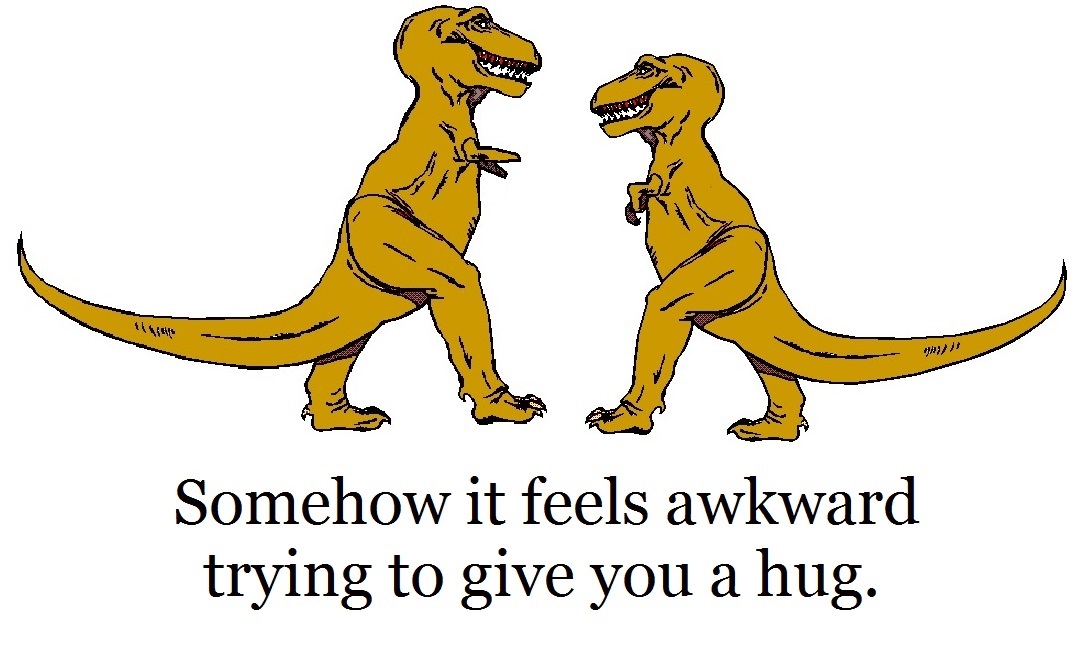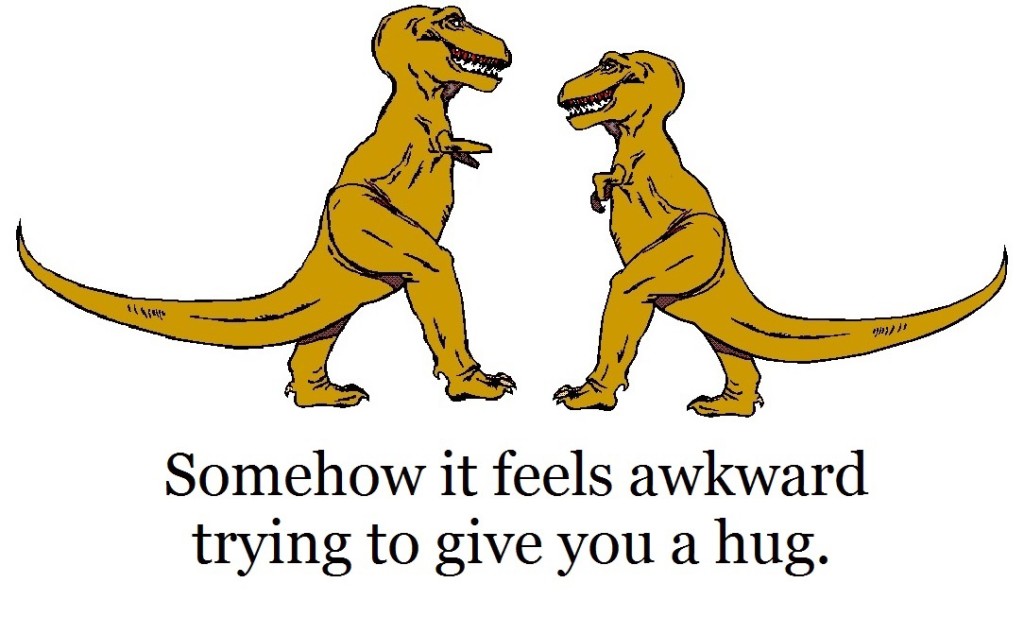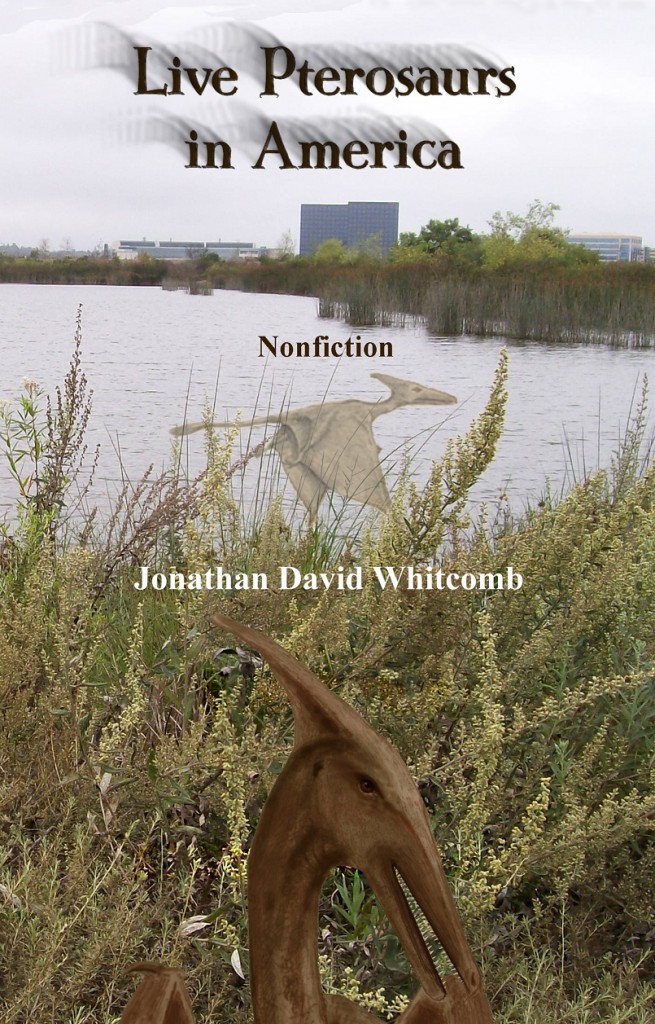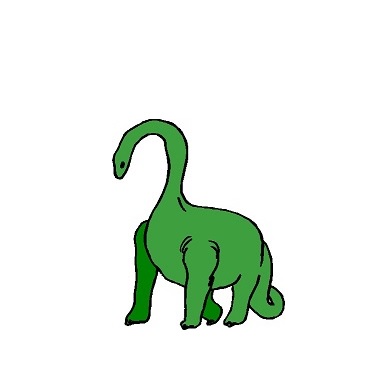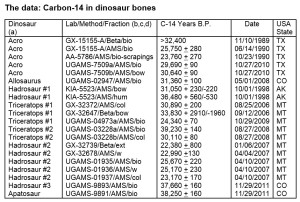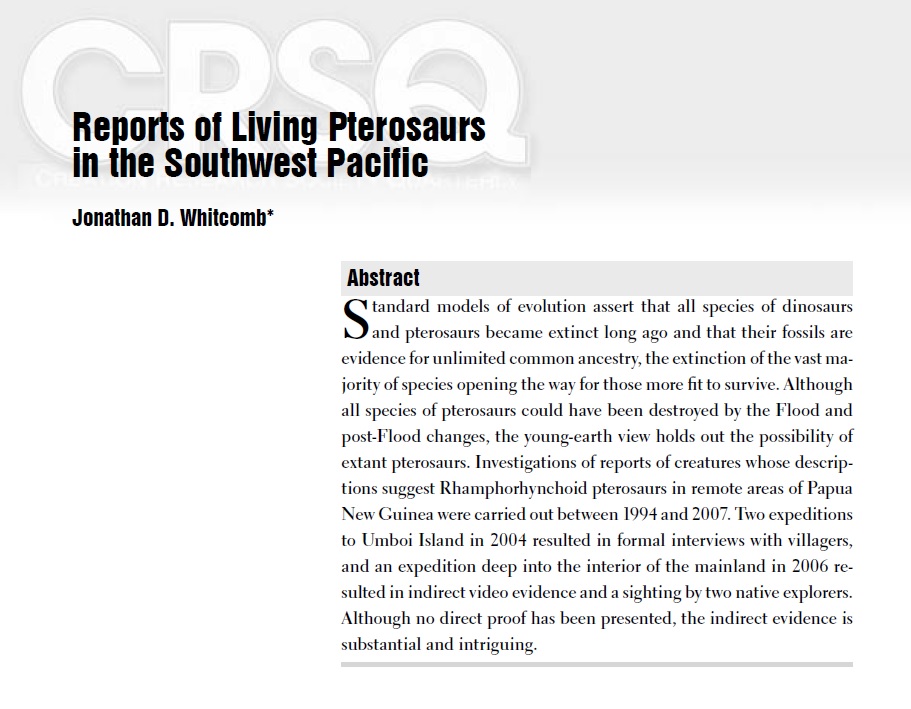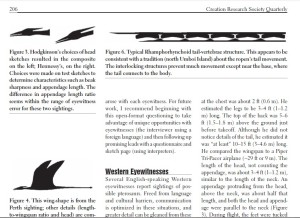Awkward Explanation for Carbon-14 Dated Dinosaurs
Some scientists are feeling awkward trying to get their hands around a T-Rex type dinosaur that appears much younger than it “should be.” The Allosaurus remains in question were excavated in 1989 in Colorado. This type of large theropod dinosaur was supposed to have lived 150-155 million years ago, according to popular theory, during the late Jurassic period. The carbon dating of this monster, however, has those scientists running for cover, trying to find an explanation. One suggestion is neutron capture.
That might look plausible, if it were just one dinosaur buried near some uranium deposit. But carbon-14 dating has been done on quite a few dinosaur fossils excavated in North America, with EVERY piece of EVERY dinosaur bone found to have that radioactive isotope of carbon. It is practically impossible that every one of those fossils (excavated from Alaska, Colorado, Texas, and Montana) just happened to be buried next to uranium. Other problems also eliminate the neutron-capture speculation: See Carbon-14 and Dinosaur Bones. Let’s look at another angle to this young-dinosaur “problem.”
Indoctrination: Dinosaurs Died out “Millions of Years ago”—Really?
Consider these words from the nonfiction book Searching for Ropens and Finding God (fourth edition, available from online book sellers):
Four years before George Washington was elected to his first term in the United States, Cosimo Collini made the first pterosaur-fossil examination in Europe. Nobody knew anything about radiometric dating in 1784, not even Benjamin Franklin, but Mr. Collini recognized something special about this creature.
What Collini did not recognize was this this general kind of flying creature might not be extinct. He had no personal experience with any living animal like it, and so he just assumed the fossil was of a type of animal that was completely extinct.
In other words, he jumped to a general conclusion about ALL SPECIES of that general kind of animal. If he had done even a little research into reports of flying dragons, he may have come to a different conclusion about the universal extinction of pterosaurs, but maybe that would have appeared too unscientific, even back then. What educated person would use the ancient word dragon?
That also applies to dinosaur discoveries in the 19th century. Almost everybody just assumed they were finding fossils from very ancient kinds of creatures. That assumption has continued into recent decades, BEFORE any carbon-14 testing was done on dinosaur bones. It’s now time for us to take a closer look, for the widespread belief in ancient dinosaur extinctions comes from Western indoctrination.
Conclusion
Forget about groundless speculation about neutron capture creating carbon-14 isotopes in dinosaur bones across North America. It’s time we asked biologists in museums and in universities to submit dinosaur and pterosaur fossils for carbon-14 radiometric testing. Let us be brave with whatever truth we discover.
###
.
Radiocarbon conference presentation censored
A team of researchers gave a presentation at the 2012 Western Pacific Geophysics Meeting in Singapore . . . they gave 14C [carbon-14] dating results from many bone samples from eight dinosaur specimens.
Radiometric Dating of Recent Dinosaur Bones—Censored
After the conference, those two [chairpersons] gave no warning that everything by that group would be removed from the official website, leaving no trace that the presentation had ever taken place
Scientific Testing of Dinosaur Bones—Carbon-14 Methods
A lecture was given in a geology conference in Singapore, in 2012, with carbon-14 dating of dinosaur fossils the subject. All the bones were found to have that isotope of carbon, a shocking finding, but there it is . . .
.

